The only un-brilliant part of The Last Movie Stars, Ethan Hawke’s docuseries about Paul Newman and Joanne Woodward now on HBO Max, is its title.
Although the couple’s best friend, Gore Vidal, came up with that label, it’s not sticky.
First, as the series makes clear, Newman and Woodward were not “movie stars” in the Beverly Hills’ swimmin’ pool sense. Rather, they were a modern working couple who lived in the country in Connecticut with their six kids (three from his first marriage) and hashed life out on a daily basis, through their joint social justice work, personal crises (the death of Paul’s son, Scott) and his terrible guilt, his “high functioning” alcoholism, his philandering, his meteoric rise as a screen star and later, their groundbreaking philanthropic work helping children. And oh yeah, his car racing.
Secondly, they’re not “the last.” In order to make this film during a COVID low point, Hawke assembled a contemporary generation of his acting buds (with their unfortunate hair and isolation-wear) to converse over Zoom, and review the inside-the-industry dope. George Clooney, who is no slouch on the movie-star index, performs the transcribed words of Paul, and Laura Linney voices Joanne. Each sounds exactly like them. As an actor himself, Hawke revels in the time that Newman spent studying at Lee Strasberg’s Actor’s Studio. “Can you imagine, being there watching Marilyn Monroe and Marlon Brando do scene work?” he says to his buds. “Can you imagine?” It’s fun to watch.
And if the prospect of sinking into six one-hour episodes seems daunting, Hawke has come up with a lively way of weaving perceptively chosen film clips with music, news, and quotes that define 50 years of pop culture and cinema history.
Read More: 10 Famous Couples of a Certain Age Who Make Us Believe In Love
Portrait of a Marriage
But at heart the doc is an unvarnished portrait of a 50-year-marriage.
Maybe it should be called “Raging Intimacy,” as the series focuses a lot on how their intense sexual connection figured into a complicated relationship between equals.
The biggest surprise is how packed with carnal secrets this series is.
“You are so good for your age,” Dick Cavett tells Woodward.
Woodward is still living (with Alzheimer’s) and was not interviewed for the doc.
But looking at it through her lens, she was such a talented free spirit, and anyone would feel angry and frustrated on her behalf for the sexist way that her career went. Even TV interviews with the likes of Dick Cavett devolve into questions about how she stays married to such a sexy, desirable man. “You are so good for your age,” he tells her.
Then there was the whole, “Why would I want hamburger when I have steak at home?” Newman quote, in response to questions about infidelity. Woodward hated everything about it. “What a chauvinist statement,” she said. “I am not a piece of meat, for god’s sake. Every time that quote pops up, I want to kill him.”
It was supposed to be a compliment, I guess.
Raging Intimacy
She is also quoted as saying, “Acting is like sex. You should just do it and not talk about it.” But Newman doesn’t shut up about it.
One discovery is that they met in 1953 as understudies for Picnic on Broadway; Newman describes “having a problem in my pants” starting with when he and Woodward practiced a sexy dance backstage.
“It’s a fuck hut” she whispered to him.
He was married at the time with three little kids under the age of five. He was very guilty about leaving his family. But he explains the sexual rush. “We recognized in each other a couple of orphans,” he says in the first episode about his earliest times with Joanne. “Orphans have big appetites for everything. We just banged it out together as orphans, left a trail of lust all over the place. Hotels, motels, public parks, bathrooms, rumble seats, Hertz Rent-A-Cars, swimming pools and beaches. All of it’s better left to the imagination.”
But he didn’t. In another scene, he describes coming home and seeing Joanne wearing a kerchief and paint-splattered overalls. She shows him a room she’s building—having dragged a bed in from a thrift store, ordered a new mattress. and painted the walls wild colors. “It’s a fuck hut” she whispered to him. “And that’s where we went,” he says.
Several of the Newman daughters appear on camera, (including Stephanie, who was a baby when he left her mother, Jackie.) Although she was angry at her dad for his treatment of her mother, she has come to love her stepmother deeply, to the point of getting a “Joanne” tattoo on her arm, complete with hearts and stars. She talks about how “hot” they were for each other. Another daughter describes a set of double doors set up outside their bedroom, the better to lock them out.
The Eclipse
Newman and Woodward were married in 1958, a time of rigid gender roles, but from what we see here, their personalities defy gender stereotypes, or perhaps even reverse them.
For his part, Paul readily admits that Joanne was his superior in every way, especially as an actor. And as humans (which affected their acting). Where Newman cops to being insecure and empty, an “emotional Republican,” as he liked to describe himself, Woodward was a much more natural, less inhibited person. As voiced by Clooney, Newman says, “My meeting with Joanne gave birth to a sexual being. She taught me, encouraged me, she delighted in experiment. I am simply a creature of her invention.” Later he says, “There should be a parade in Joanne’s honor, because she invented Newman the sex symbol.”
Which is ironic, or painful, because it was as a sex symbol that Newman’s career soared, and eclipsed Joanne’s, who necessarily took on the more traditional wifely role in the family, though that was never her dream.
When they married, she was at her zenith, having just won an Oscar for The Three Faces of Eve.
There should be a parade in Joanne’s honor, because she invented Newman the sex symbol.
While at the time it was considered a terrifying thriller, introducing the idea of multiple personality disorder, from a 2022 lens, it’s a poignant breakdown of the stark constraints in women’s lives in 1957.
Eve White is a meek, compliant housewife, deferential to men, worrying about why she “irritates” her husband.
Her “alter”—Eve Black (cue the jazzy hussy music)—is a showgirl type who shakes her bugle beads in night clubs and gets “liquored up.” As Eve Black, she tries to choke her daughter. Her husband, a TV repairman, treats her with the psychological ignorance that was the staple for that generation: “You need a darn good whipping, to knock some of that crazy out of you.”
And in the end, White and Black merge with “Jane,” who is a well-functioning woman. Though much was made of the fact that it was a real case, the person it was based on had more than 20 personalities and never really got well. Interestingly, by 1976, Woodward got to triumph in “Sybil” as Sally Field’s devoted therapist.
Her performance in The Three Faces of Eve was a tour-de-force. She could persuasively change characters with just a different glint in her eye. Meanwhile, Newman was having trouble getting roles. Their friend Vidal said the best thing that ever happened to Newman’s career was the death of James “Jimmy” Dean. And he had a point.
Now, of the two, she’s the more forgotten performer. This couldn’t be clearer than when, in the second episode, the quarantine-haired Hawke talks with his friend, actress/writer Zoe Kazan, who reads the part of Jackie, Paul’s first wife. Her grandfather, the famous director Elia Kazan, worked with both Paul and Joanne in blockbuster movies. And yet she admits to Hawke that she had to do a “deep Wikipedia search” on Woodward and had never seen one of her movies.
The Missing Tapes
But back to the mother lode of content here: it’s necessarily Newman-centric, because the series is based on interviews that Newman had commissioned for a memoir he was planning to write.
The only stipulation was that the interviewees had to be brutally honest.
The only stipulation was that the interviewees (a wide circle of family, friends, and fellow writers, actors and directors) had to be brutally honest, and that Newman would respond with the same level of candor.
The book never saw the light of day (although, on the heels of the documentary, it will be published this fall.) Because the Butch Cassidy star ended up taking the tapes to the dump and burning them.
The interviewer, however, his friend and screenwriter Stuart Stern, had already had them transcribed.
And it was that treasure trove of interview transcripts, miles of pages, that their daughters found in the laundry room of the family house in Westport, and in a storage facility. They assembled them and brought them to Hawke just before lockdown in the spring of 2020, asking him to make something of it.
Doing the Calculus
One of the beauties of watching the docuseries is seeing Hawke actually figuring out the calculus of how to make this story come alive on screen—as he’s making it. He gets good advice from his actress daughter Maya Hawke (“Stranger Things”) to make the Newman/Woodward relationship its own entity, a sort of third person, and he listened. Maya’s mother is Uma Thurman, who had two children with Hawke and a contentious divorce. He ended up marrying the children’s nanny and then having a “second batch” of kids (“second batch” is how Woodward’s three daughters describe themselves.) Clearly, he knows about the hitches that come with Hollywood-adjacent power marriages, and has great empathy for Joanne.
If I had to do it all over again, I might not have had children.
“Most of us don’t have a partner with the exact same dream, and his comes true, over and over,” he says. “She was the star. And slowly, she found herself changing diapers. Getting what you want and slowly watching it get taken away from you…that’s a different problem. “
In the end, they appeared in 11 movies together, and Newman directed or produced five films that Woodward starred in. (The Effect of Gamma Rays on Man in the Moon Marigolds also starred their daughter Nell and is one of my all-time favorites.) Woodward taught acting, was active in the Westport County Playhouse, supported actors and the theater, and was a beloved mentor.
But perhaps what will be most remembered is her painfully honest statement, that Laura Linney reads in the doc: “When I was young. I wanted to act and didn’t permit anything to stand in my way. Until I had children. I hope the children understand that although they were each and every one of them adored, if I had to do it all over again, I might not have had children. Actors don’t make good parents.”
A Woodward Revival?
Yet one of her mentees and adoptees—Laura Linney, as herself—tells a story about how she was in a production of The Seagull on Broadway when she just started out. She was despondent—nothing was working. So she reached out to Joanne Woodward and asked to meet and discuss it with her. And one night after Linney’s show, a stagehand told her, “Ms. Joanne Woodward is outside in her car waiting for you.” Laura went outside, got in Joanne‘s car, and Joanne told her, “There’s nothing you can do, dear.”
And that carried a lot of wisdom. Sometimes, things are bad and you just have to suck it up and stick it out.
And indeed, Woodward triumphed in later life, and together with Paul, made Mr. and Mrs. Bridge.
What makes me sad is that for all of our progress, actresses today are similarly stuck, unlike men, still being judged on sex appeal and age.
But I hope the popularity of The Last Movie Stars will result in a Woodward revival. She’s not “the last” anything. She’s ripe for rediscovery.
Read More: Can Goldie Hawn and Kurt Russell Get Any Cuter? The Answer is a Big Yes
Photos courtesy of HBO Max.



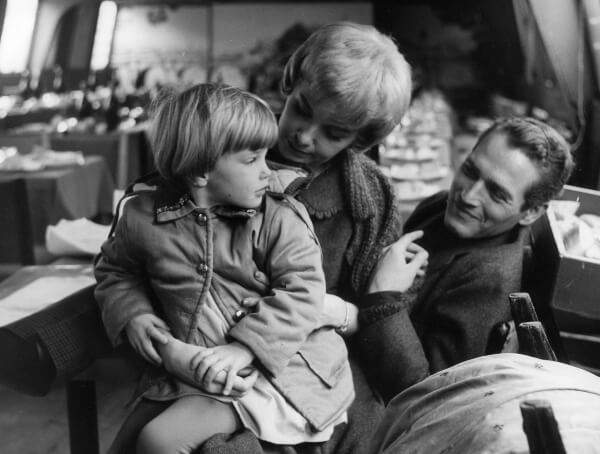
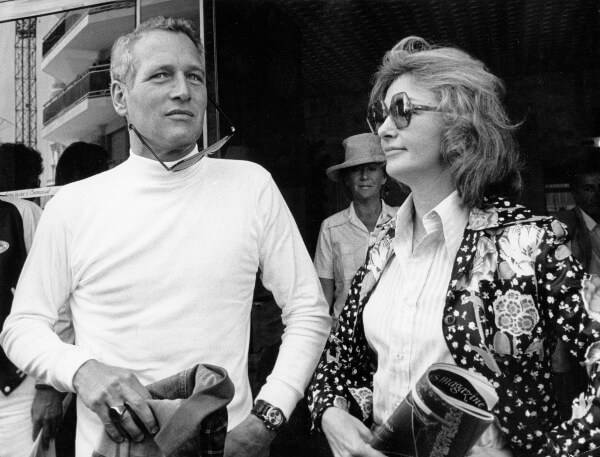

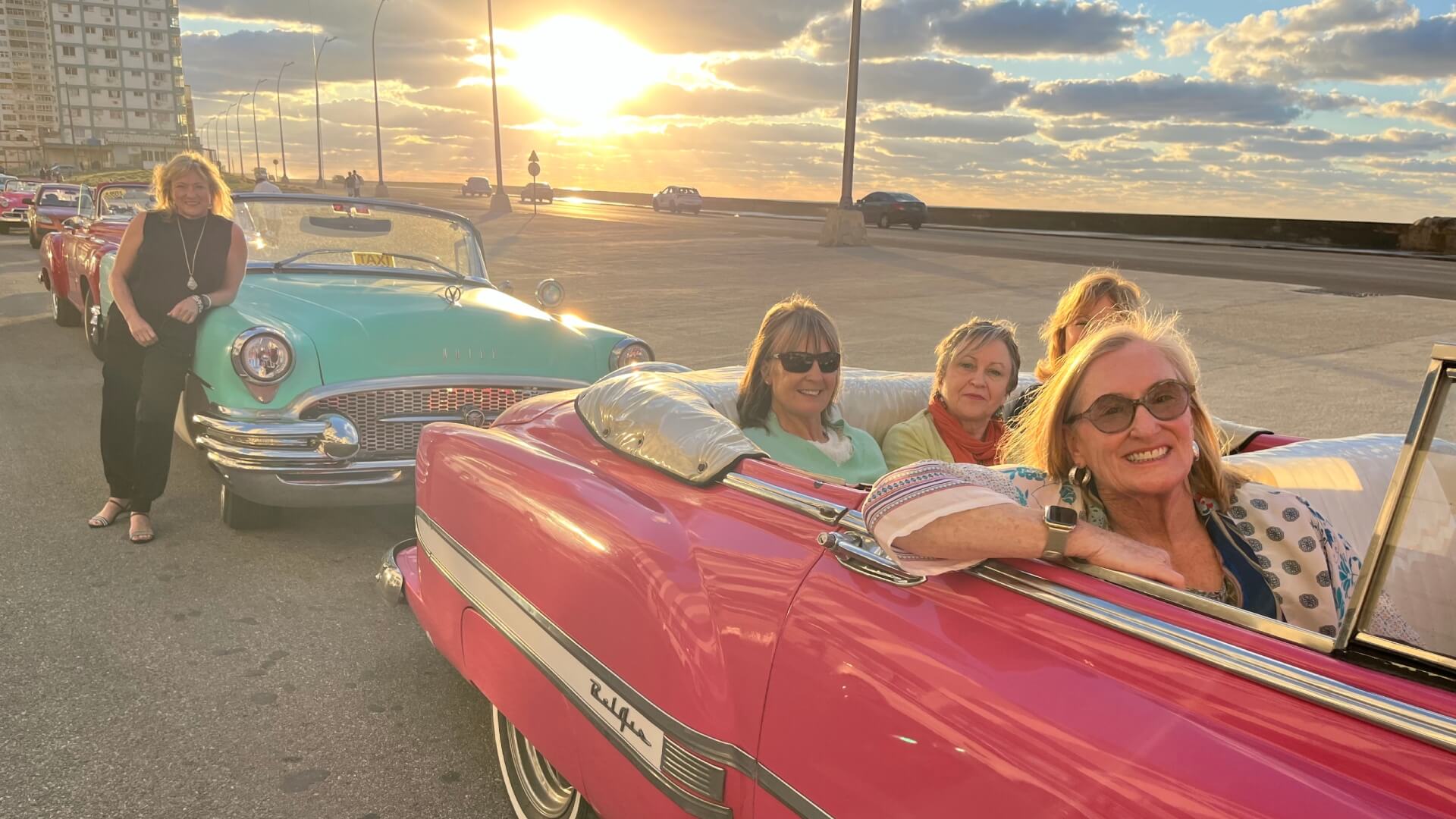

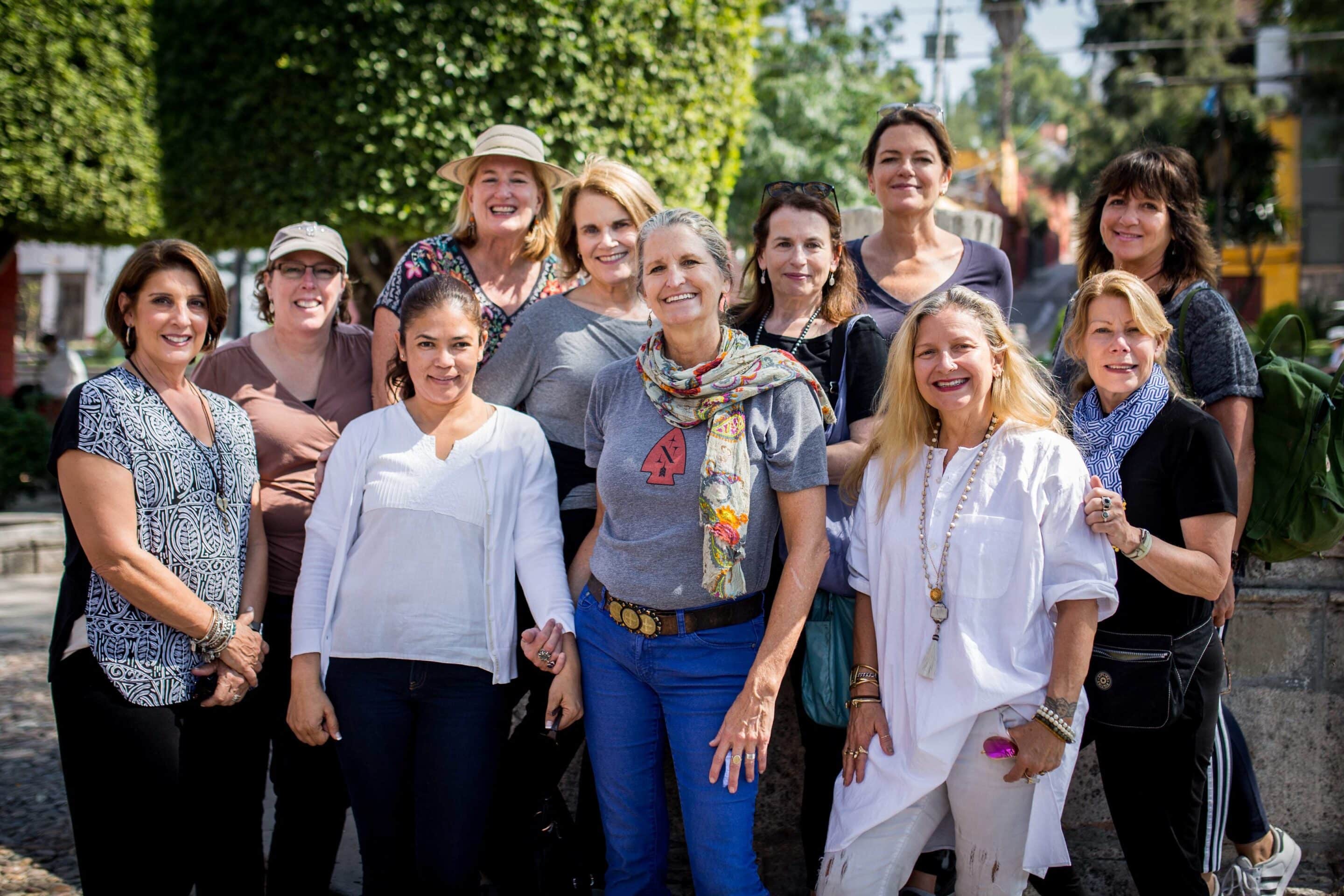



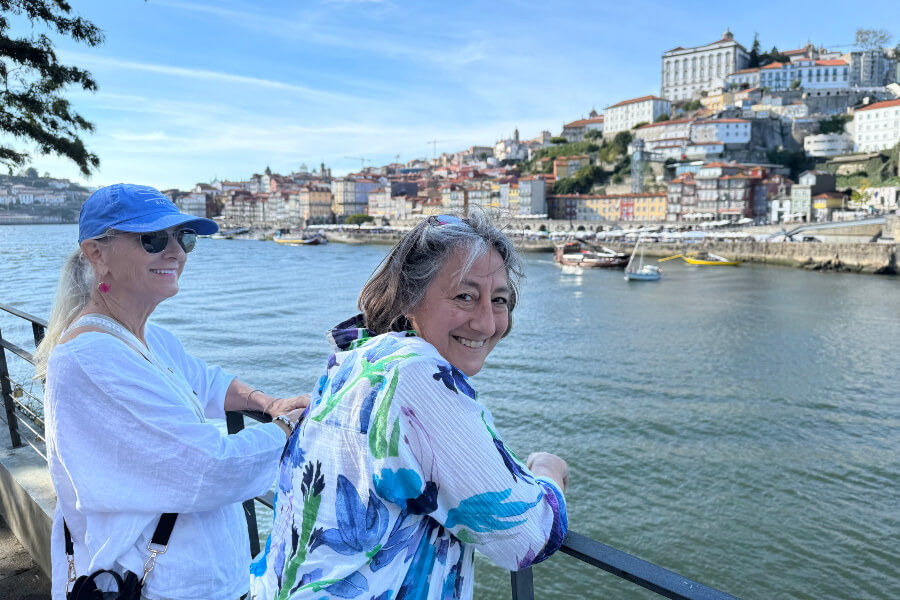







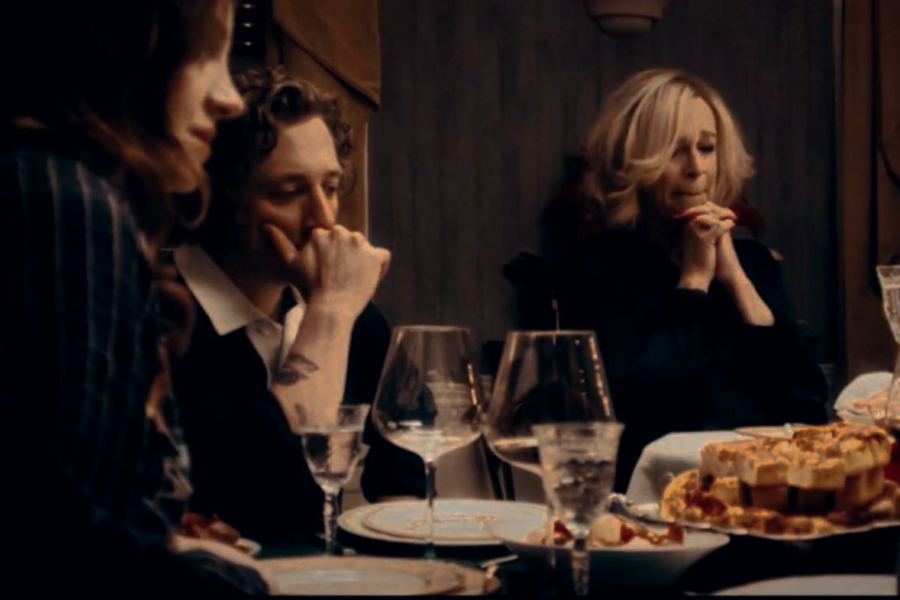



0 Comments